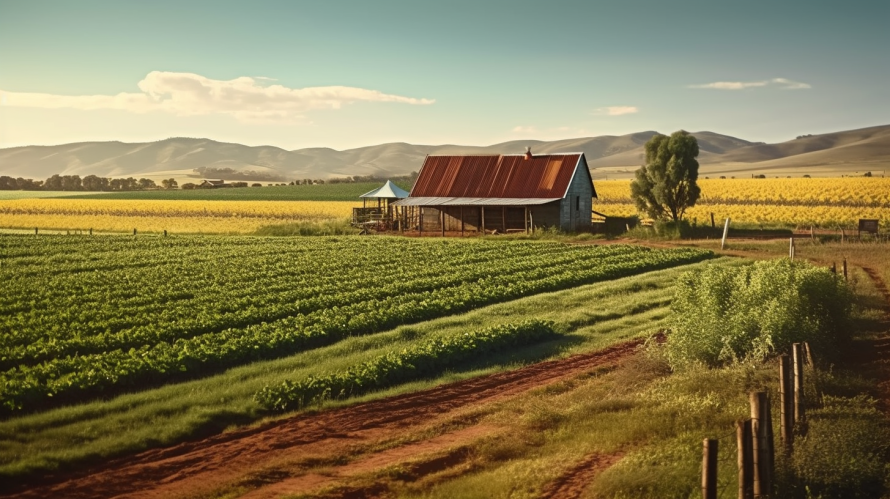
Tropical Cyclone Eloise made landfall in Mozambique on January 23, 2021, and then moved across parts of Zimbabwe, Eswatini, and South Africa. The storm caused significant damage to infrastructure, agriculture, and communities. This article will examine the impacts of Tropical Cyclone Eloise on the environment, economy, and people/communities in South Africa.
Environmental Impacts
Tropical Cyclone Eloise caused significant environmental impacts in South Africa, including flooding and landslides. The storm brought heavy rainfall, leading to widespread flooding in many areas. This flooding caused significant damage to ecosystems and natural habitats, as well as agricultural land. The floods also caused soil erosion, which can lead to long-term impacts on the environment. The storm also triggered landslides in some areas, which can cause significant damage to landscapes and increase the risk of erosion and sedimentation in waterways.
Economic Impacts
Tropical Cyclone Eloise had a significant impact on the economy of South Africa. The storm caused damage to infrastructure, including roads, bridges, and buildings. This damage disrupted transportation and communications networks, making it difficult for businesses to operate and for goods and services to be delivered. The agricultural sector was also significantly impacted, with many crops destroyed by the flooding. This led to a shortage of food in some areas and increased food prices. The mining sector was also impacted, with several mines forced to shut down due to flooding.
The tourism sector was also impacted by the storm. Many popular tourist destinations, such as Kruger National Park, were closed due to the flooding. This led to a decline in tourism revenue, which can have long-term impacts on the economy.
Community Impacts
Tropical Cyclone Eloise had a significant impact on communities in South Africa. The storm caused widespread damage to homes, businesses, and infrastructure, forcing many people to evacuate their homes. The flooding also disrupted access to clean water and sanitation, increasing the risk of water-borne diseases.
In some areas, the storm caused significant loss of life. In Limpopo province, at least seven people were killed, and several others were reported missing. The storm also caused significant psychological distress, with many people traumatized by the damage and destruction caused by the storm.
Response and Recovery Efforts
In response to the impacts of Tropical Cyclone Eloise, the South African government declared several provinces disaster areas. This allowed for the deployment of emergency services and the provision of financial assistance to affected communities. The government also provided food, water, and shelter to those displaced by the storm.
The South African military was also deployed to assist with search and rescue operations and to provide aid to affected communities. Non-governmental organizations and international aid agencies also provided assistance, including medical care, water purification, and temporary shelter.
Recovery efforts focused on repairing damaged infrastructure, restoring access to basic services such as water and electricity, and providing assistance to affected communities. The government also provided financial assistance to farmers and businesses affected by the storm.
Conclusion
Tropical Cyclone Eloise had significant impacts on the environment, economy, and communities in South Africa. The storm caused widespread damage to infrastructure and agricultural land, disrupted transportation and communication networks, and caused significant psychological distress. Recovery efforts focused on repairing damaged infrastructure, restoring access to basic services, and providing assistance to affected communities. The impacts of the storm highlight the need for effective disaster management and preparedness measures to minimize the impacts of future storms.
